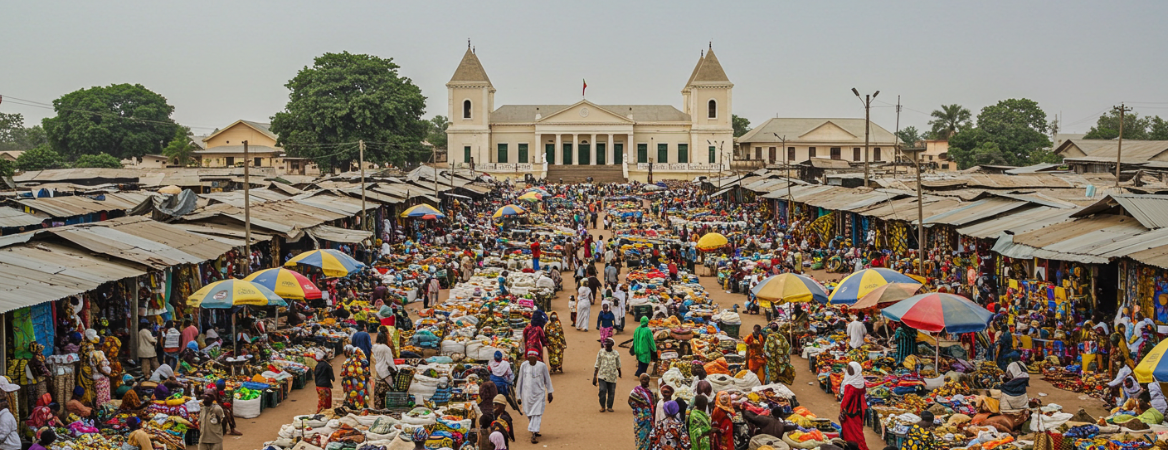Ghana
Policy snapshots, In-depth policy analysis, Policy status updates, and Legal insights for Citizens, Policymakers, Researchers, Development Professionals, Infrastructure Development Enthusiasts.


The Ghana Infrastructure Plan (GIP) 2018-2047 summarises Ghana’s long-term vision and strategic direction for infrastructure development and economic growth. It serves as a framework to address infrastructure challenges using a combination of effective policy, institutional, and financing measures within a 30-year planning horizon. The GIP will be implemented in conjunction with the Long-term National Development Framework and the National Spatial Development Framework.
Some of the key reform areas identified under the GIP are:
Transportation
- Building a freeway along the coast of Ghana as part of the Lagos-Abidjan corridor and a four-lane freeway between Accra and Kumasi.
- Creating bypasses in towns on the central and coastal corridor trunk road network.
- Setting up a nationwide charger network for electric cars
- Creation of extensive bus routes to connect major cities across the country
- Linking of urban areas in regional capitals by multi-lane carriageway
- Establishing a Traffic Signal Control System with an Intelligent Transport System in major cities.
- Developing ports and constructing suburban railway networks in key cities.
- Developing a new international aeropolis
Energy
- Increase total power installed from 3,800MW to 50,168MW by 2047
- Establishment of Renewable Energy Authority
- Reduction in the dependence on biomass as main fuel for thermal energy applications
- Ghana’s nuclear power plant will begin operation by 2029.
- Constructing a new oil refinery with a 60,000 bpd capacity in the Western Region.
ICT
- Digital transformation of local communities
- Modernisation of public service media and access to quality information
- Deployment of high and very high-speed internet throughout the national territory (phase 2)
- Implementation of Intelligent Administration or SMART GOV (phase 2)
- Development of digital use and confidence
- Digital development in higher education.
Other Infrastructure Priorities
- Developing regional capitals into smart cities and establishing ICT parks with incubators.
- Establishment of a Construction Industry Development Authority. The model for transformation of the construction industry is the proposal to establish a Construction Industry Development Authority (CIDA) that would work towards Construction Business Development as well as Technology and Manpower Development. These key pillars will represent the short, medium and long-term priorities for development of the construction industry.
The GIP estimates that an amount of $1.1 trillion investment would be required for all the sectors to effectively implement these proposals from 2018 to 2047. Housing will require 62% of the total investment, transport (23%), energy (8%), drainage, flood control and coastal protection (3%) and 1% for the other sectors except irrigation which will require less than 1% of the total investment. This measures up to $37.2 billion of annual infrastructure investment requirement for the next 30 years. In order to properly maintain these structures, a corresponding $237.4 billion would equally be needed.
Ghana’s current revenue and expenditure cannot support the level of infrastructure development envisaged by the GIP. Official Development Assistance (ODA) is projected to decline given the lower middle-income status of the country. Thus, the government might have to explore and secure a range of sustainable financing. In addition to the traditional sources of funding, the GIP proposes some strategies to significantly advance Ghana’s development agenda. Key among these are: land financing and value capture, bulk construction materials; value addition to mineral wealth (manufacturing); reducing illicit financial outflows and leveraging the Ghana Infrastructure Investment Fund to command a significant share of the global infrastructure finance flows.
Commentary
The Ghana Infrastructure Plan (GIP) 2018-2047 is a comprehensive framework for addressing key infrastructure shortages and promoting long-term economic growth. While its goals of increasing energy capacity, updating transportation, and promoting industrial competitiveness are admirable, the plan falls short in terms of equity and inclusion, putting marginalised people at risk of being excluded from its advantages. The GIP lays a considerable burden on the government to mobilise resources, maintain accountability, and effectively implement programs, but it fails to specify how these obligations will be handled. While the policy has the potential to empower residents through increased infrastructure and economic possibilities, its current design is insufficient, necessitating stronger equality provisions, financial sustainability measures, and accountability systems to achieve its revolutionary goals.
